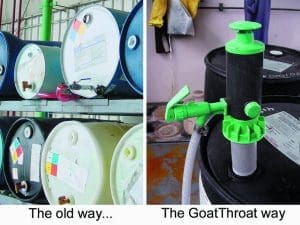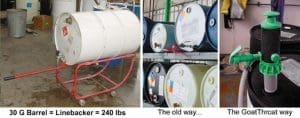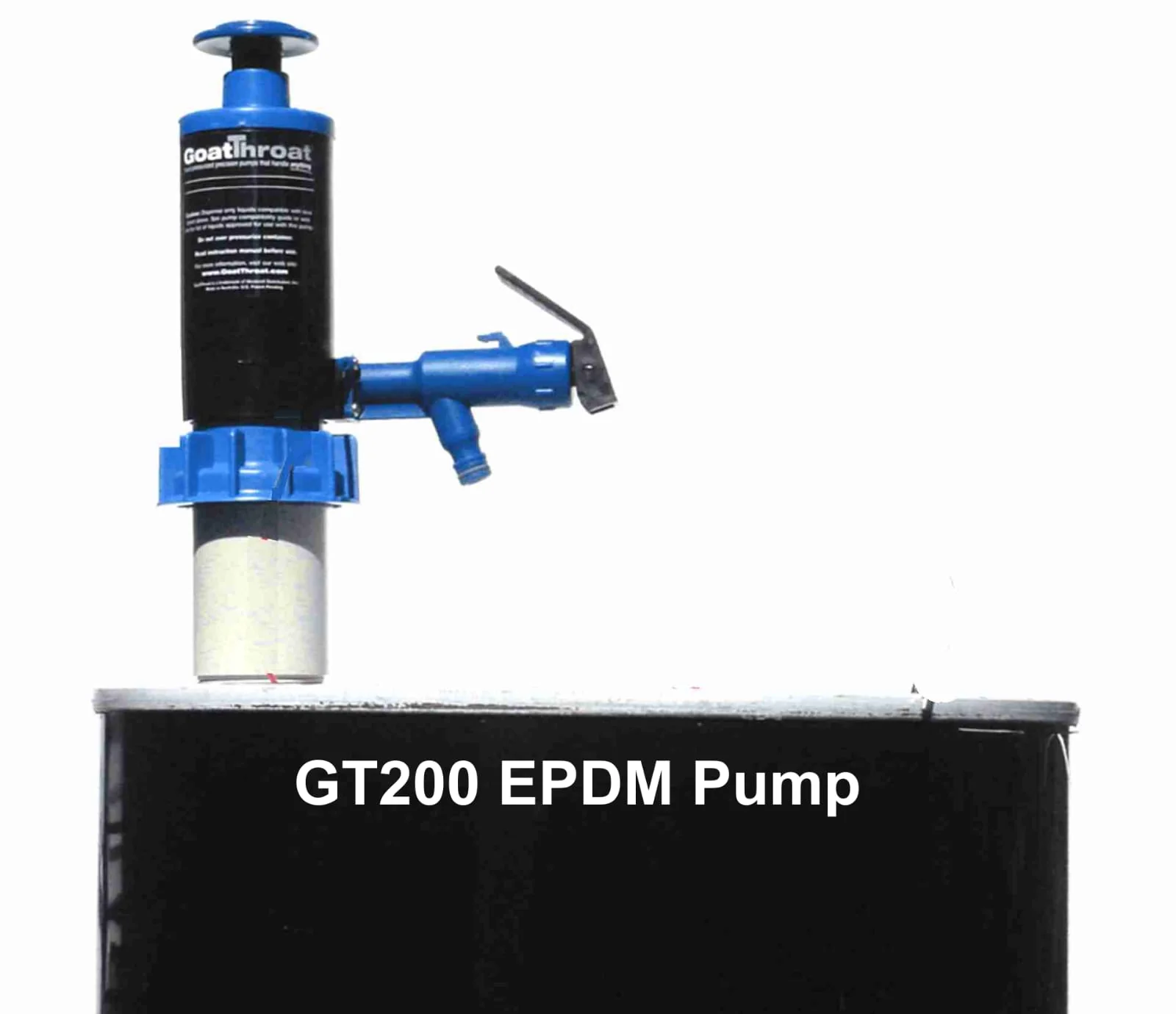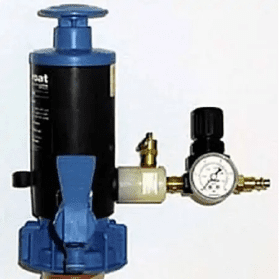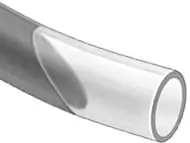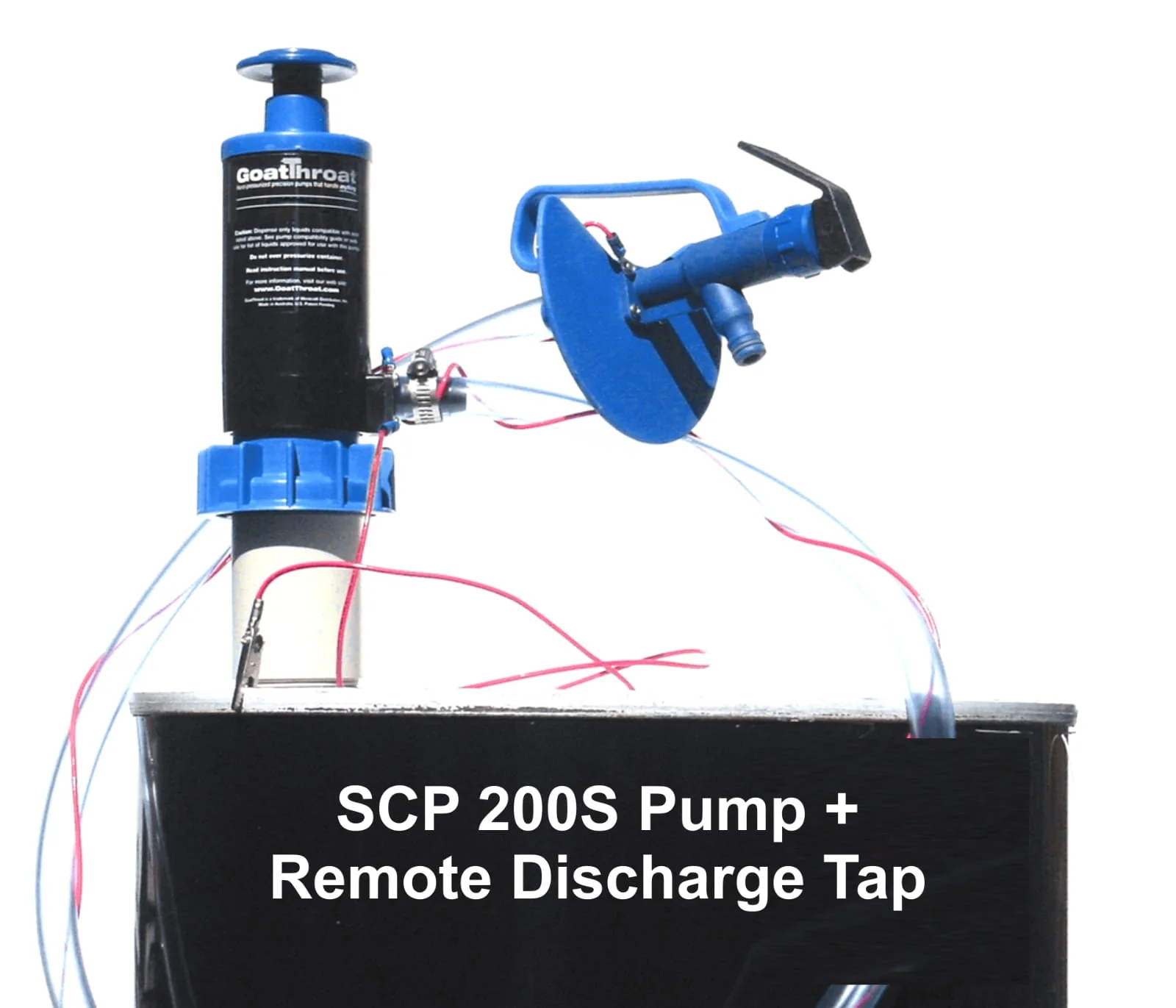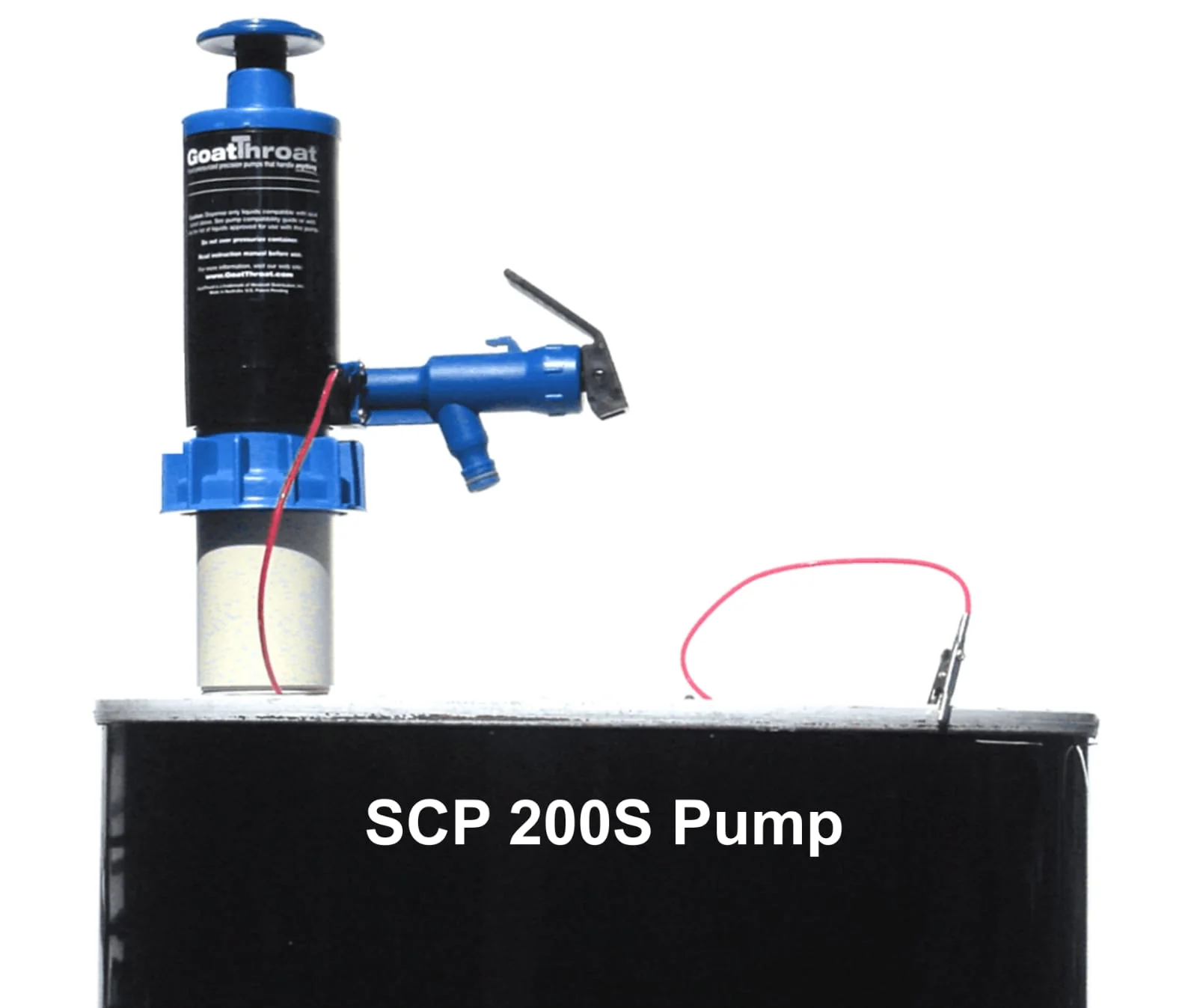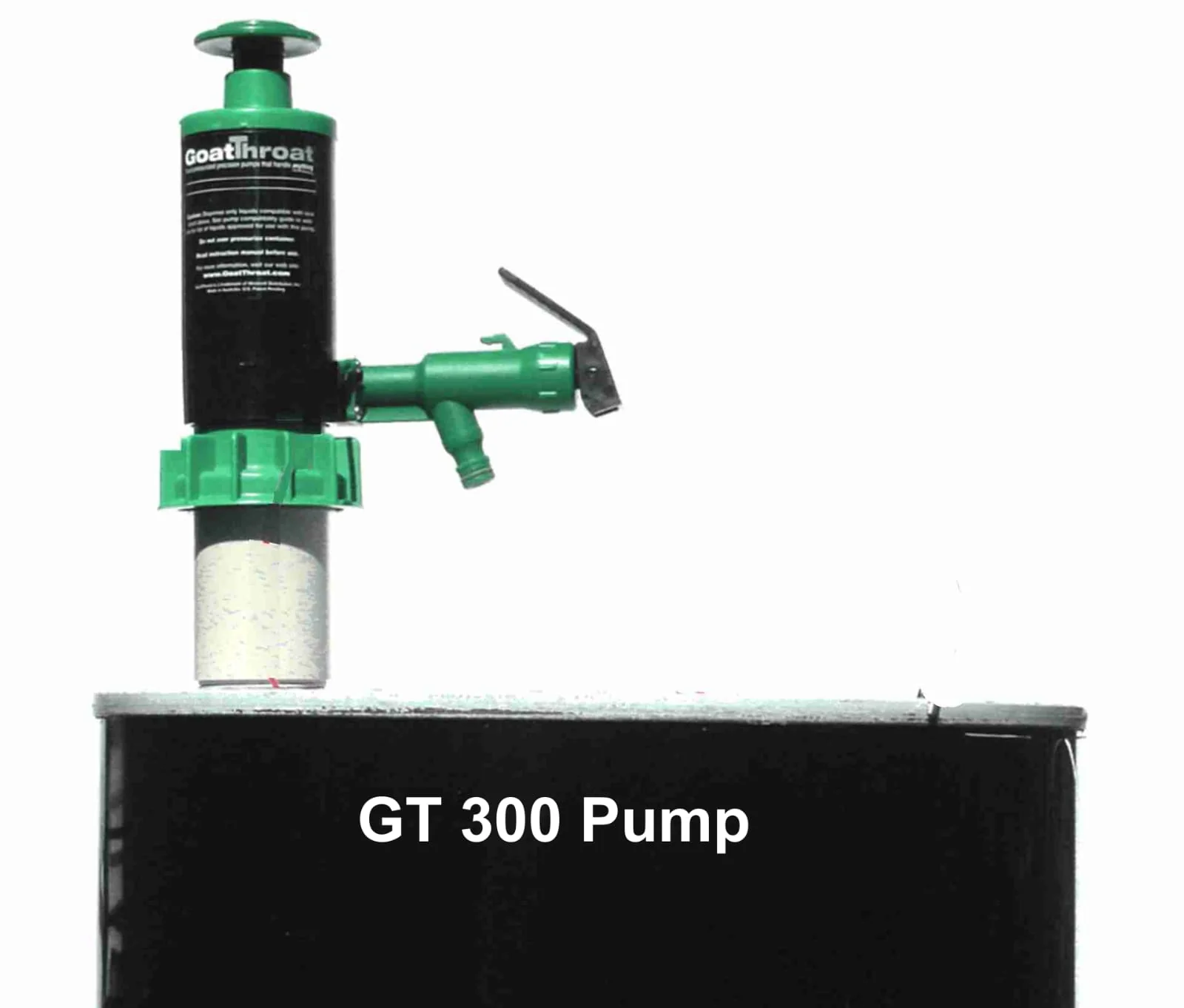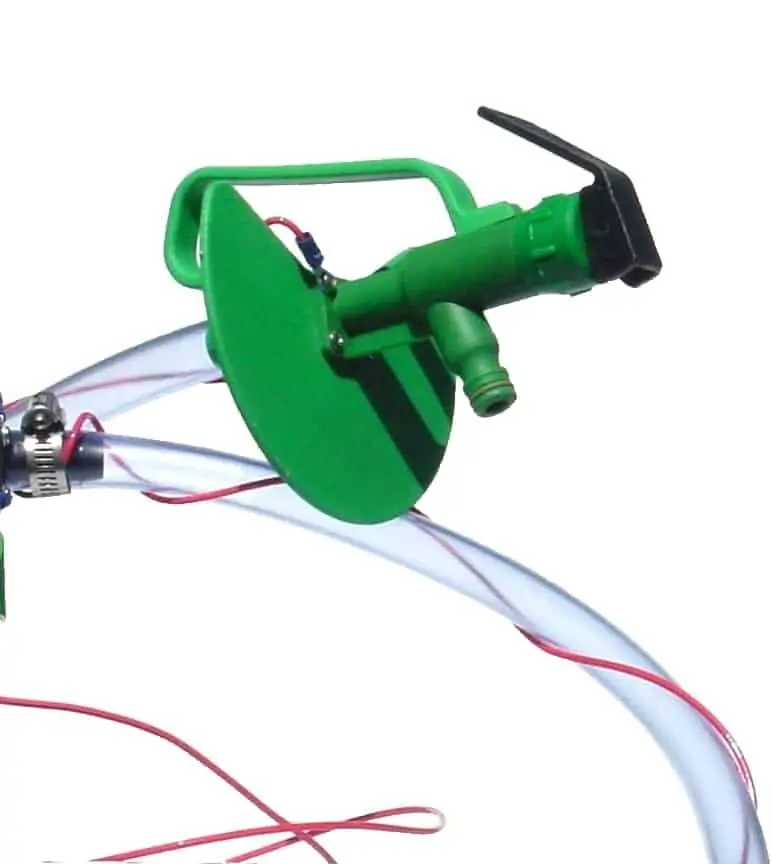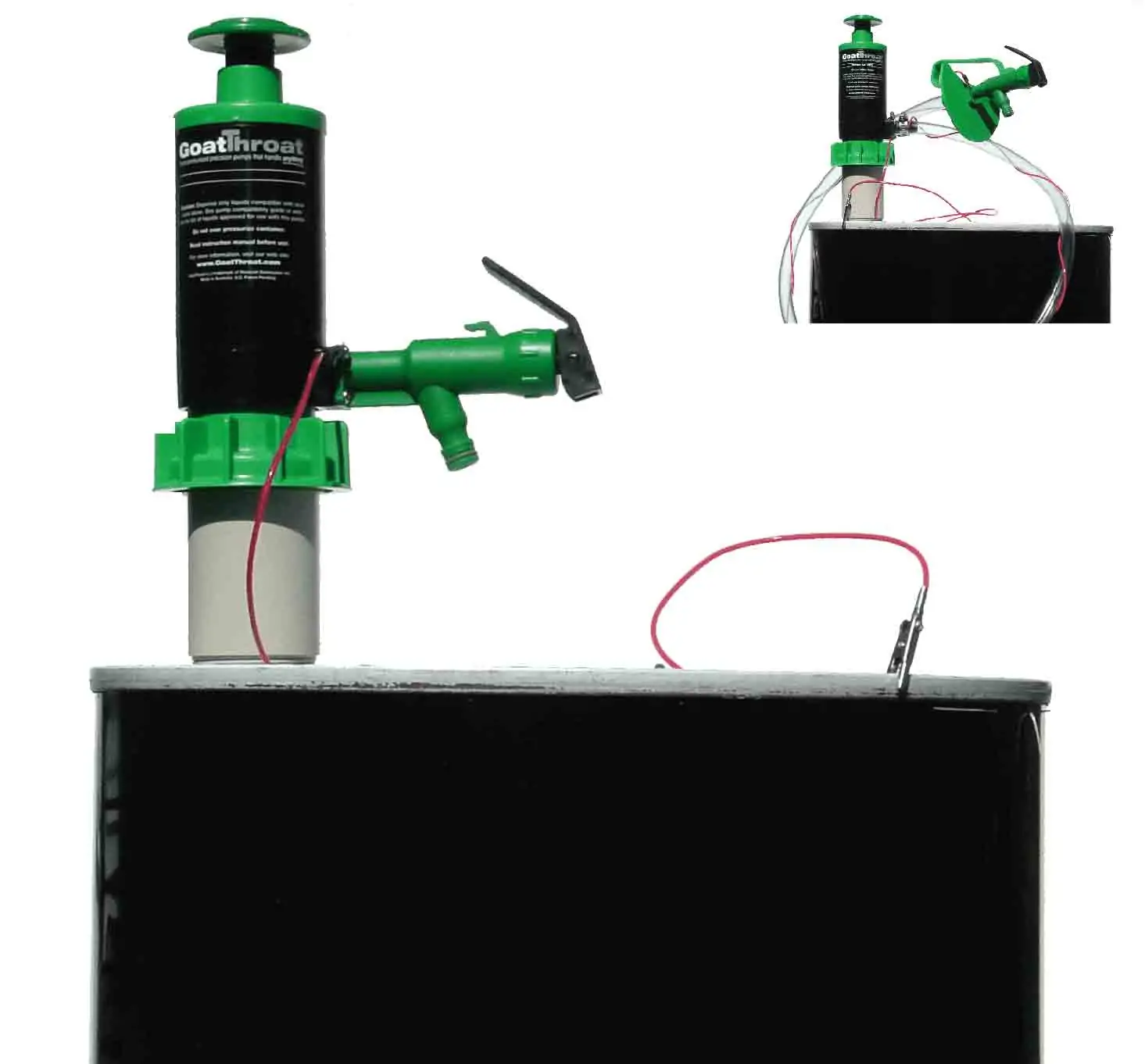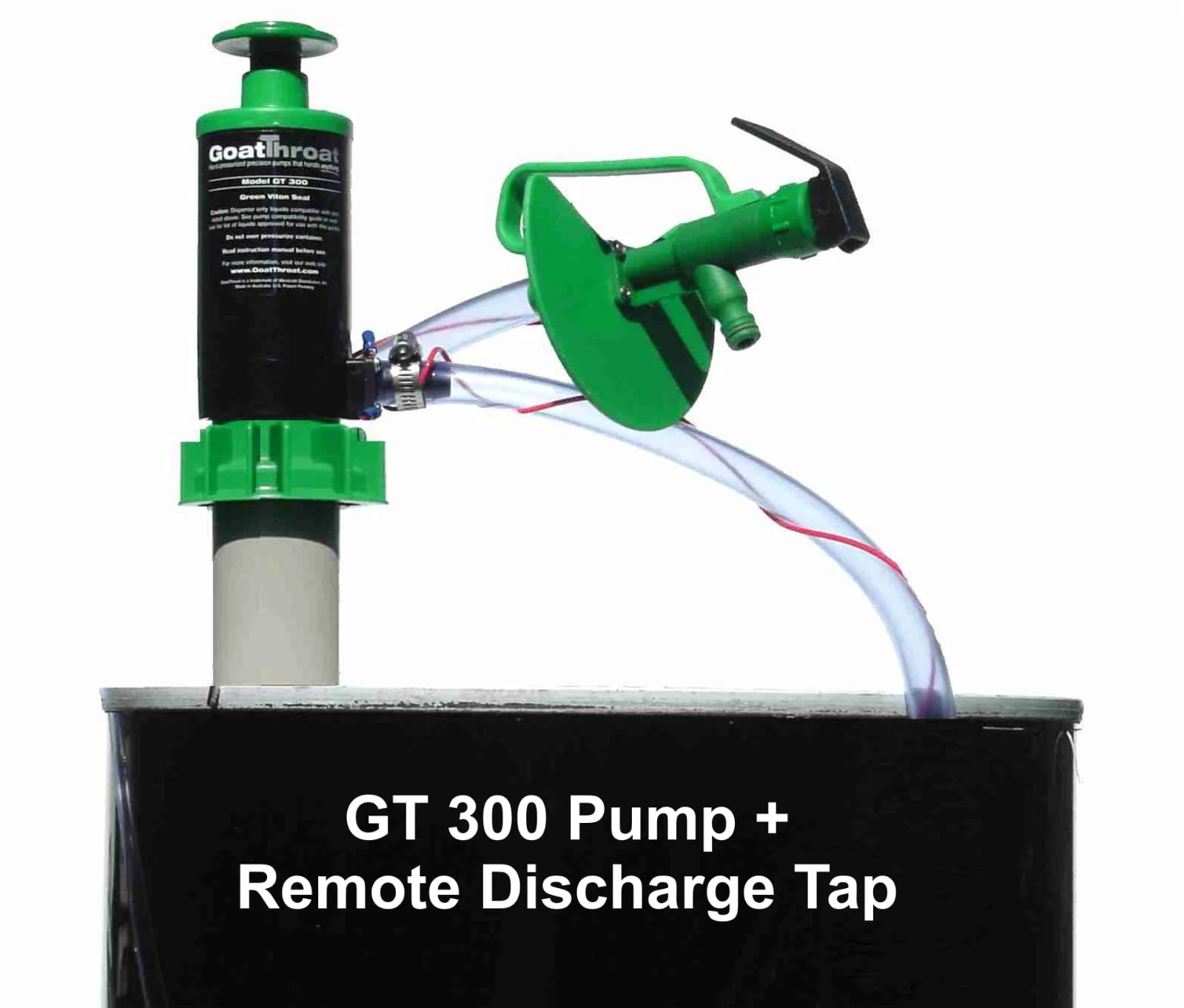Old ways of doing business are acceptable today if they comply with regulations and get the job done efficiently. A Florida-based manufacturer was unable to meet both of those goals in its production process for precision wire and ultra-fine wire used in microelectronic and semiconductor applications.
“This company’s initial challenge was to protect the workers and limit the downside risks of damages, hefty fines and litigation fees, and public relations disasters — and save money,” said Nancy Westcott of Westcott Distribution Inc.
The production process uses numerous solvents and coatings that must be transferred from 55-gallon drums to transfer containers. Workers tapped and tipped the drums and then dispensed the chemicals from leaky spigots into open transfer containers, with additional handling required to transfer the fluids to their point of use. The gravity-fed process involved threading a brass fixture into the small bung in the top of the drum, threading a vent into the large bung, placing the drum on a roll-down drum fixture, and tipping the drum into the horizontal position to dispense the chemicals.
Once the drums were tapped, workers still had to deal with the inherent difficulties that gravity-fed spigot systems presented:
. Extracting fluid was labor intensive and awkward. Spigots clogged easily and were difficult to remove.
. It was difficult to control the flow rate, and the spigots leaked, contributing to spills and fugitive inventory loss.
. The spigot system did not allow complete removal of all fluid from the drum, so additional labor and handling were required for Resource Conservation and Recovery Act compliance. Frequently, the workers just left 2 – 5 gallons in the drums. Some of the coatings cost $75 per gallon, resulting in a significant waste of inventory and money.
Putting Solvents in Their Place | Environmental Protection
According to the facility manager, “A chemical disaster was always just one slip-of-hand away. Moving a 500-pound drum into a horizontal position was complicated for employees and took up a lot of space in the chemical room. There was always a chance that a mistake could hurt the staff or, if the spigot came off during the laying down process, there would be a huge spill. Our staff also had to contend with dripping valves of solvents and the VOCs in the chemical room. ”
A few close calls prompted a production staff member to seek out a new fluid handling solution. Taking cues from the U.S. Environmental Protection Agency’s information on Process Hazard Analysis, he found a systematic way to identify and analyze the significance of potential hazards associated with the processing or handling of highly hazardous chemicals. Working with his safety manager, the staff member reviewed the shop’s equipment and the manufacturing processes and found that both needed improvement. He located a pressure action pump from GoatThroat Pumps that seemed to meet all of the goals – including efficiency.
“We understand the challenges that dispensing and mixing chemicals present to worker safety and environmental compliance, and we spend a lot of time in our pump lab working on how we can help our customers address them,” said Westcott.
In the wire manufacturing facility, the pressure action pumps work by adding less than 6 pounds per square inch of pressure to the vessel to push fluid out of the drum. A spring-activated control on the tap allows precise control of the amount of fluid being dispensed, a rate of 4 gallons per minute, depending on viscosity. There is no need for tipping the drums.
According to the plant manager, “these pumps helped us improve our overall efficiency. By dispensing our chemicals from vertical drums, it has helped us clean up our dispensing area by eliminating drips and leaks. Another advantage is the ability to pump most of our drums almost completely empty. This alone saves us several thousands of dollars per month in disposal costs and chemical purchases.”
The company has been safely and more efficiently pumping chemicals without incident since 2004.
